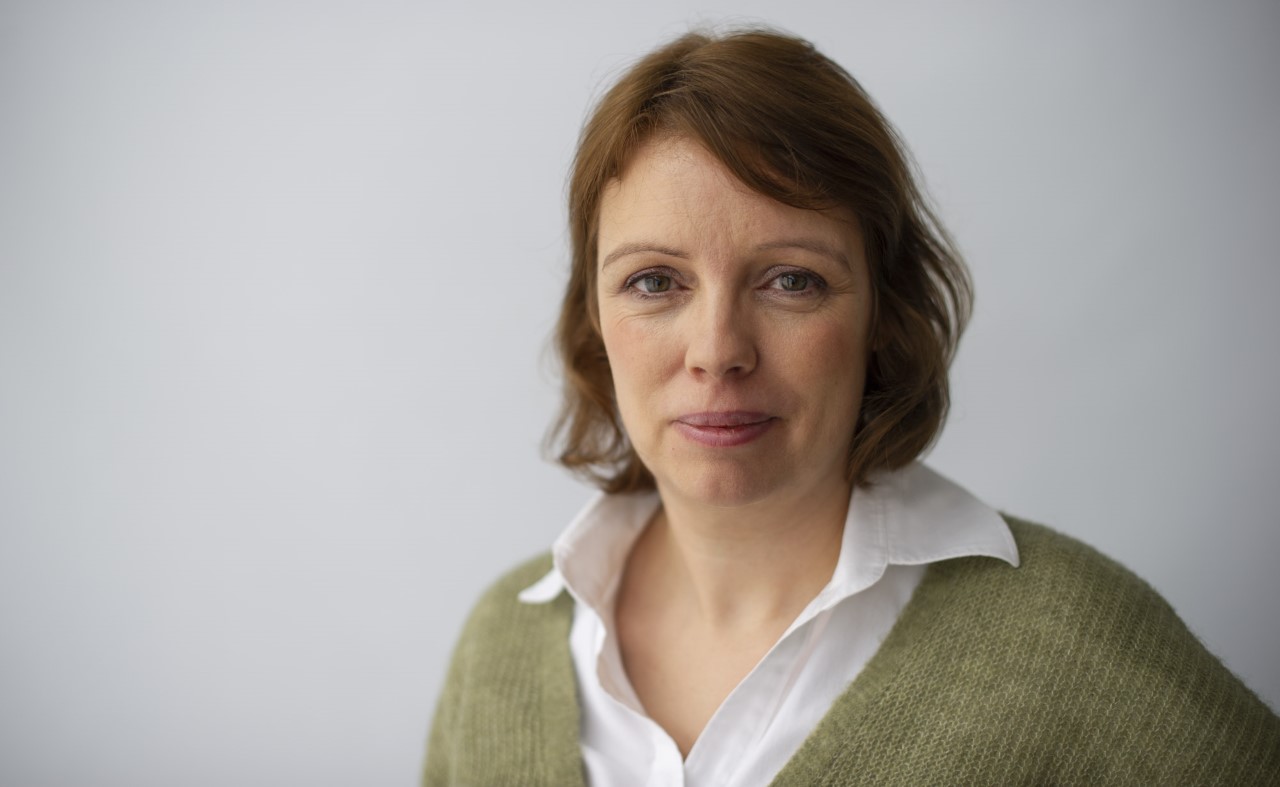
Marijke will lead the session “How to capture your association’s cooperation in a contract” at the 17th UIA Round Table Europe, on 24 November 2023, in Brussels.

Forging cross border alliances belongs to the core of international associations. After initial talks and maybe some initial informal cooperation to test the waters, associations might want to collaborate in a more formal way. As a first step in the process a memorandum of understanding, in short “MoU”, is often considered. Below I will address a couple of important legal features of the MoU.
For their collaboration to be successful, partners need to have the same understanding about what the collaboration will entail. You may wonder how you can find this out. The answer is that you can test it by concluding a MoU.
A MoU is a fairly short legal document in which each partner confirms its intention to cooperate with the other partner and what it expects to gain from it. It also describes in general terms what the cooperation entails. What are the goals to be reached? Who will do what? How will costs be shared? For example, consider two international associations that want to work together to lobby the European institutions on particular topics on which they have the same position. The collaboration gives each partner access to a more extensive network and also allows costs to be shared. I will discuss below a couple of things to pay attention to when negotiating a MoU.
The partners need an early view on whether or not they want to work exclusively with one another. The MoU should already make clear whether the cooperation is intended to be exclusive. Exclusive cooperation is more far-reaching as it restricts, at least for a certain period of time, cooperation with other partners. Obviously, if one partner wants to go exclusive and the other does not, cooperating will be difficult and it will be wise to abandon the intention to cooperate.
Especially at an initial stage, it is important to protect the confidentiality of documents. This protection implies an obligation for each partner to keep information about the other partner confidential and to agree on the conditions under which the information may exceptionally be disclosed to other. You should thus check whether a confidentiality agreement is already in place between the partners. If not, a confidenitiality undertaking can still be inserted in the MoU.
This brings us to an important question for any MoU: is it a non-binding document or does it already impose binding commitments on the partners? Both are possible. To determine the binding or non-binding nature, the way the document is drafted is decisive. It is easiest if the MoU literally states that it is of a binding or non-binding nature. Sometimes it is a mixture: some provisions of the MoU will be binding and some not. Consider, for example, the confidentiality undertakings. If these provisions are not binding, they are of little use.
Of course, there are other provisions that are necessary or useful to include in the MoU. The most important thing, however, is to make as clear as possible what is the partners’ vision on the cooperation. This allows misunderstandings to be detected early on and talked out. In the worst case scenario, the partners decide that it is better not to work together and, by deciding so, may have avoided future problems. Remember that if partners have no common vision and thus fail to reach agreement on the MoU, there is not much point in entering into a cooperation contract, as problems will quickly arise during the implementation. If the partners succeed in concluding a MoU, they will benefit from it because it will be much easier to negotiate the cooperation contract afterwards.
Let me conclude by stressing the importance of having the MoU reviewed by a legal counsel before signing it. That way you are sure it is legally correct and fits your purpose.
Marijke is an experienced lawyer with over 15 years in assisting both international and Belgian firms and associations and works in English, Dutch and French.
Clients praise Marijke for her clear communication and analytical skills helping them to move forward quickly and constructively.
Issue #6 – November 2023